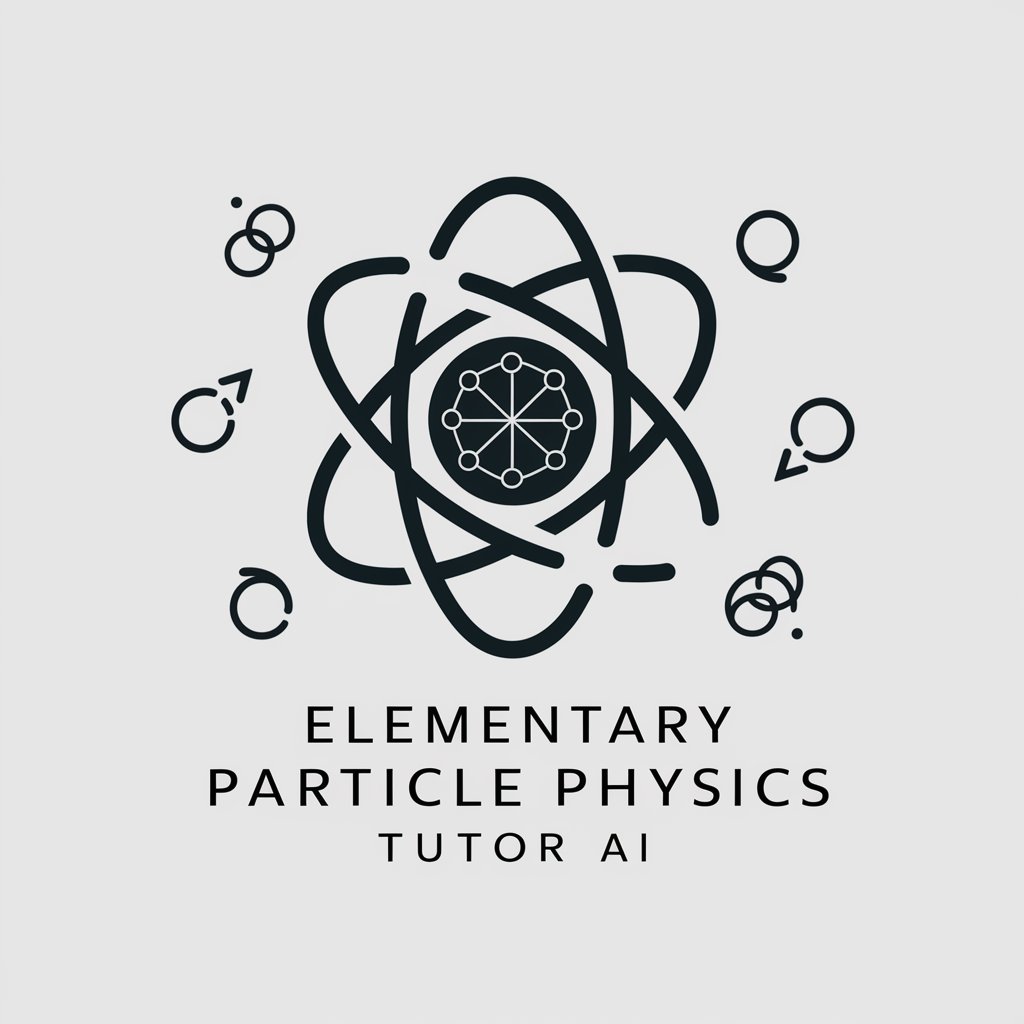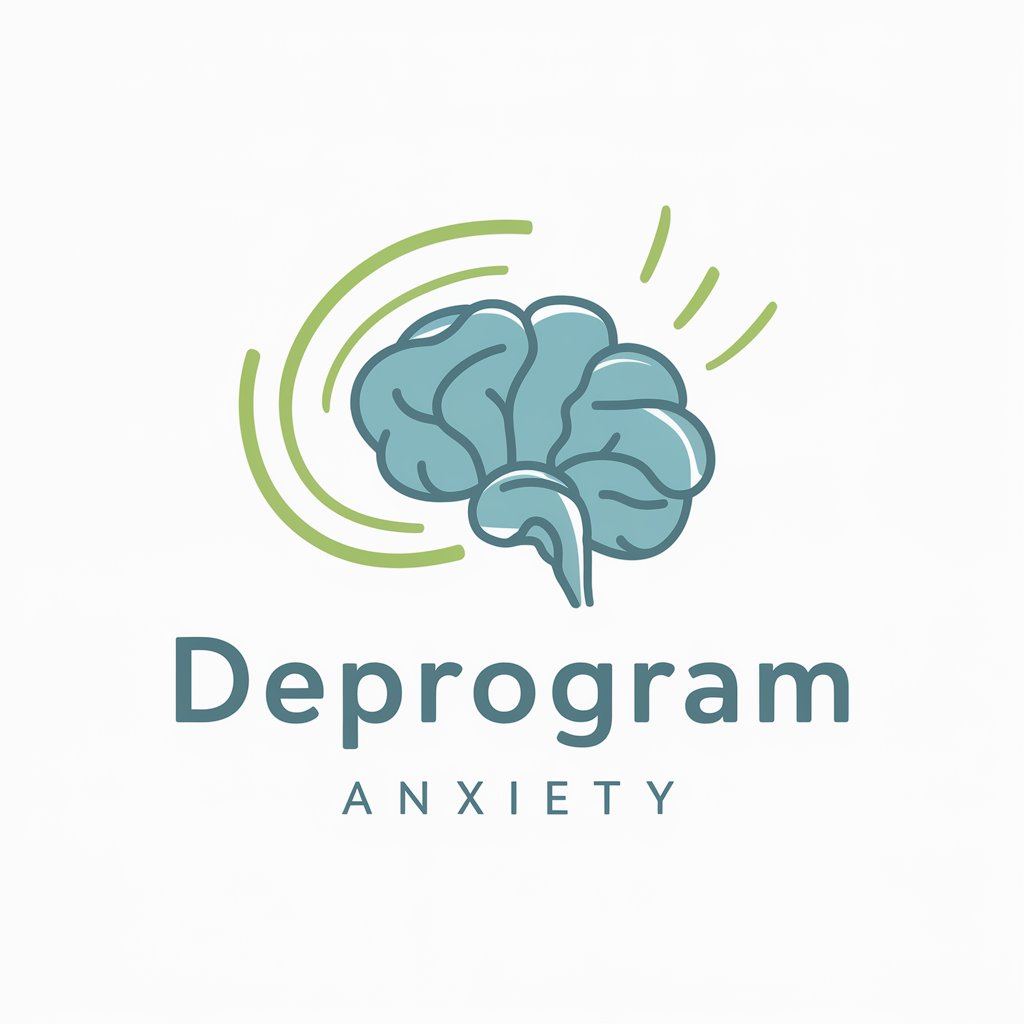Elementary Particle Physics Tutor - Expert Physics Guidance

Welcome! I'm here to help with your elementary particle physics questions.
Decoding particle physics with AI
Explain the significance of Feynman diagrams in particle physics.
How do space-time symmetries affect particle interactions?
Describe the role of gluons in Quantum Chromodynamics (QCD).
What are the key differences between weak interactions and electromagnetic interactions?
Get Embed Code
Introduction to Elementary Particle Physics Tutor
Elementary Particle Physics Tutor is an expert system designed to assist graduate students in understanding the intricate field of elementary particle physics. Its core purpose is to elucidate complex topics within this domain, such as Feynman diagrams, space-time symmetries, relativistic kinematics, and the various interactions and models that define the behavior of subatomic particles. This system leverages a deep knowledge base and advanced computational techniques to provide precise, clear, and comprehensive explanations. For instance, when a student struggles with the concept of quark confinement within quantum chromodynamics (QCD), the Tutor can offer detailed explanations, visual aids, and analogies to demystify the topic. It's designed to be interactive, patient, and highly informative, making complex theories accessible and fostering a deeper understanding of the subject matter. Powered by ChatGPT-4o。

Main Functions of Elementary Particle Physics Tutor
Detailed Explanation of Theoretical Concepts
Example
Explaining the concept of color charge in QCD and how it differs from electric charge in quantum electrodynamics (QED).
Scenario
A graduate student preparing for their comprehensive exams requires a deep understanding of color charge. The Tutor provides a detailed explanation, including the role of gluons, the strong force, and how these elements contribute to the stability of hadrons.
Visual Representation and Analysis
Example
Creating and analyzing Feynman diagrams for specific particle interactions.
Scenario
When a student is working on a research paper and needs to understand the scattering process between electrons and positrons, the Tutor can guide them through the creation and interpretation of the corresponding Feynman diagrams, helping them visualize the exchange of virtual photons.
Problem Solving and Computational Modeling
Example
Assisting in the calculation of cross-sections and decay rates using the Standard Model.
Scenario
A student conducting research may need to calculate the decay rate of a Z boson into a pair of neutrinos. The Tutor can assist by guiding them through the necessary theoretical framework and computational models to obtain accurate results.
Historical Context and Concept Evolution
Example
Tracing the development of the quark model and its impact on particle physics.
Scenario
For students writing a thesis on the evolution of particle physics theories, the Tutor can provide a detailed account of the historical development of the quark model, including key experiments and the theoretical advancements that led to its acceptance.
Ideal Users of Elementary Particle Physics Tutor Services
Graduate Students in Physics
Students pursuing advanced degrees in physics or related fields stand to benefit significantly. The Tutor's depth and breadth of knowledge can assist in coursework, exam preparation, and research projects, offering detailed explanations and insights that are crucial for their academic and research endeavors.
Researchers and Academics
Researchers working on particle physics or interdisciplinary projects involving elements of quantum mechanics and field theories may use the Tutor for a quick refresher on concepts or for detailed analysis of complex interactions. Academics may also find it useful as a teaching aid, providing students with a resource for independent study.
Science Communicators and Educators
Those tasked with translating complex scientific ideas into accessible language for the public or students can leverage the Tutor's ability to break down complex theories into understandable parts. This aids in creating engaging and informative content.

How to Use the Elementary Particle Physics Tutor
1
Start by visiting yeschat.ai for a complimentary trial, accessible without signing in or the need for a ChatGPT Plus subscription.
2
Choose the Elementary Particle Physics Tutor from the available options to begin focusing on particle physics topics.
3
Prepare your questions or topics of interest in elementary particle physics to make the most out of your session.
4
Engage with the tutor by asking your prepared questions. Use specific queries to obtain detailed and comprehensive answers.
5
Explore various functions such as Feynman diagrams, quark models, and QED/QCD for a deeper understanding, leveraging tips and guidance provided by the tutor.
Try other advanced and practical GPTs
Dice Roller
Roll dice instantly with AI-powered randomness.

Homework Helper
Empowering your study with AI-driven support

Deprogram Anxiety
Empower Your Mind, Overcome Anxiety

Inline Speed Skating School
Master Speed Skating with AI Expertise

터키어 과외 선생님
Your Personal AI Turkish Tutor

NeighborhoodPal™
Connecting You to Local Services via AI

Achong Fu Chen
Unraveling the essence of martial arts and culture.

Paper Typer
Crafting Excellence with AI

Tutor Personal de Coreano
AI-powered Personal Korean Tutor

GirlGPT
Your Empathetic AI Chat Companion

Catchy Title Crafter
Craft Compelling Titles with AI

GPT Solution Finder
Tailoring AI to Your Audience

Frequently Asked Questions About Elementary Particle Physics Tutor
Can Elementary Particle Physics Tutor help me understand Feynman diagrams?
Absolutely, the Tutor specializes in decoding the complex language of Feynman diagrams, offering step-by-step explanations and visual aids to clarify scattering and decay processes in particle physics.
Is this tool useful for someone studying quark models?
Yes, the Tutor provides in-depth knowledge on hadron quantum numbers, quark models, and the color charge concept, making it invaluable for students exploring the subatomic world.
How can I benefit from using the Tutor for my research in QED and QCD?
The Tutor offers detailed insights into Quantum Electrodynamics (QED) and Quantum Chromodynamics (QCD), from basic principles to advanced applications, aiding researchers in their theoretical and experimental endeavors.
Does the Tutor cover weak interactions and their significance in particle physics?
Yes, the Tutor covers weak interactions extensively, including their role in particle decay processes and the Standard Model, providing a solid foundation for understanding this fundamental force.
How can the Tutor assist in academic writing related to particle physics?
The Tutor helps by providing accurate and detailed information on particle physics topics, assisting in the creation of content-rich academic papers, thesis work, and research proposals.
